GUEST BLOGGER JESSICA STREMER
When you step outside, there’s a good chance you’ll hear or see a bird. Birds play an important role in ecosystems around the world. Nature journaling is a great way to learn about birds.
Sadly, they face many human-made dangers, especially during seasons of migration.
Birds and light pollution
LIGHTS OUT: A Movement to Help Migrating Birds explores one of those dangers – light pollution. This book tells the story of a flock of migrating sparrows who run into trouble when passing a nearby city. The bright lights distract the birds, leaving one injured sparrow left behind. A young girl brings the sparrow to a wildlife facility where she learns about ways to help migrating birds safely get to where they’re going. She leaves with a plan to help the birds on their return journey south. Will her plan work?
LIGHTS OUT demonstrates how children can be powerful forces of change. It also encourages them to observe and care for the world around them. Parents and educators can encourage observation through nature journaling. Below are some activities that help students make the connection between scientific observation, ecosystems, nature journaling, and wildlife advocacy.
3 ways to explore birds, light pollution and nature journaling
Materials
- Book, LIGHTS OUT, by Jessica Stremer and Bonnie Pang
- Projector (with ability to cast stars)
- Paper/Notebook/Nature journal
- Writing/Coloring supplies
- Websites: BirdCast and Audobon Explorer
Activity 1 – Read and discuss
- Read LIGHTS OUT to your class.
Note: Ask older students to identify the central theme of the story. (Hint: climate advocacy, empowerment; small actions can make a big difference) - Review the concept of migration, then review the concept of light pollution.
- Next, explain that they are going to experience what it would be like to be a bird using stars as a guide for navigation and how light pollution might affect their journey.
- Using a light projector, cast stars onto the ceiling. Look at the “stars” with the classroom lights on vs. dimmed. Ask students for their observations. Could they see the stars better or worse with the lights on vs. dimmed? Discuss how light pollution affected the sparrows in LIGHTS OUT. Was it positive or negative? Why?
- Review what actions the kids in the story took to share the Lights Out Movement with their community. Was it positive or negative? Why?
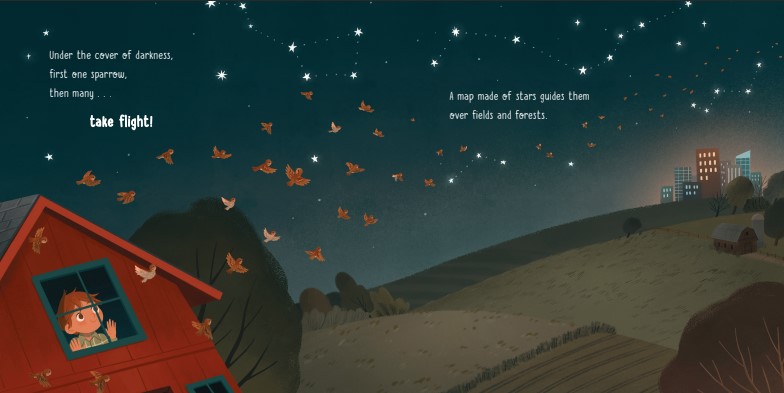
Activity 2 – Nature journaling
- Take your class outside and ask them to sit quietly for 1-2 minutes. Encourage students to use their senses to observe what they hear, see, and smell.
Note: For older students, this activity can take place over the course of a week and for a longer period of observation time. - Have students record their observations in a nature journal (alternately, a sheet of paper or notebook). Younger students could be encouraged to draw pictures or write words, whereas older students may be expected to write sentences or paragraphs. Older students may want to also record the date, temperature, weather conditions, and anything else happening in the world around them. For example, was there a garbage truck passing by one day or anything else that made it difficult to hear/see wildlife.
Note: Give older students an opportunity to research what birds are commonly found in their area during this time of year before heading outdoors. Use the two websites listed above in materials as possible sources. - Discuss/share student observations as a group. Did they see or hear any of the birds they expected to see based on their research in step one? Are the students’ observations similar? Did anyone observe anything unique?
Activity 3 – Action!
- Read the back matter portion of LIGHTS OUT.
- Review what an ecosystem is. What role do birds play? How do they help? What would happen if we didn’t have birds?
- Ask students to use what they’ve learned from actives one and two to write letters or create drawings about the Lights Out movement. Consider mentioning the importance of birds in ecosystems and the importance of turning off outside lights at night.
- Send the letters/drawings home to share with caretakers or mail the letters and drawings to community leaders.

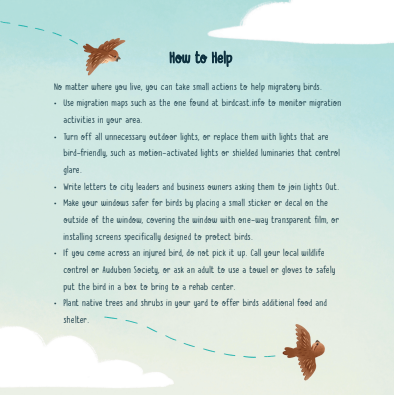
Featured image credit: “Pier Bird Light” by Michel Curi is licensed under CC BY 2.0.
Jessica Stremer is an award-winning children’s author who combines her love of science and writing to create books that inspire kids to explore and think critically about the world around them. Her titles include GREAT CARRIER REEF (a Cook Prize Silver Medalist and NY Public Library Best Book of the Year), LIGHTS OUT: A Movement to Help Migrating Birds, FIRE ESCAPE: How Animals and Plants Survive Wildfires (a JLG Gold Standard selection), PLIGHT OF THE PELICAN: How Science Saved a Species, TRAPPED IN THE TAR PIT, and WONDERFULLY WILD. Jessica obtained a B.S. in Biology, with an emphasis in Ecology, from the University of Wisconsin Oshkosh. She was a recipient of the 2023 Stephen Fraser Encouragement Award and 2023 finalist for the Russel Freedman award. When not writing you can find Jessica cheering from the sideline of her kids’ soccer games, spending time outdoors, and planning her next family adventure.


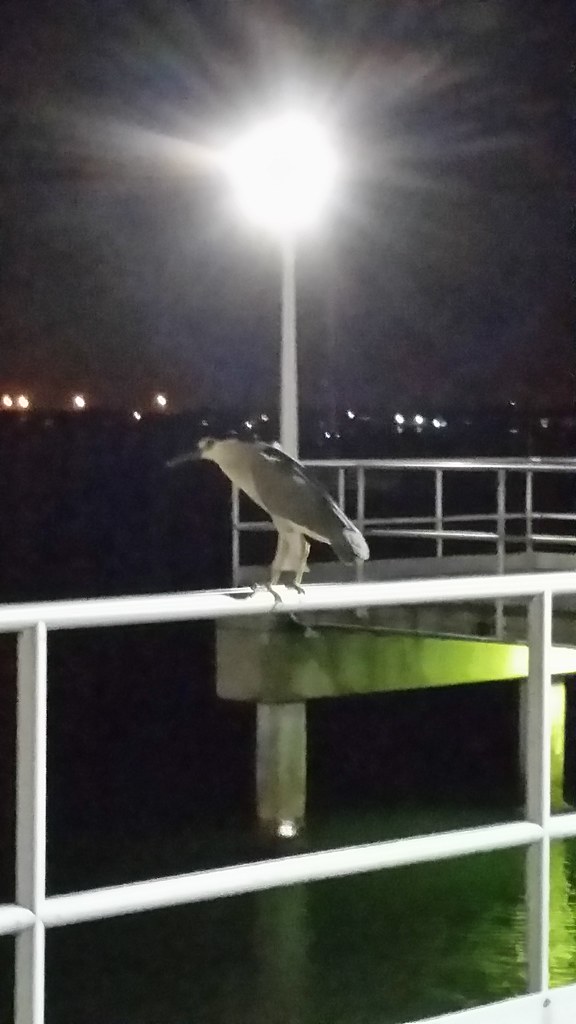

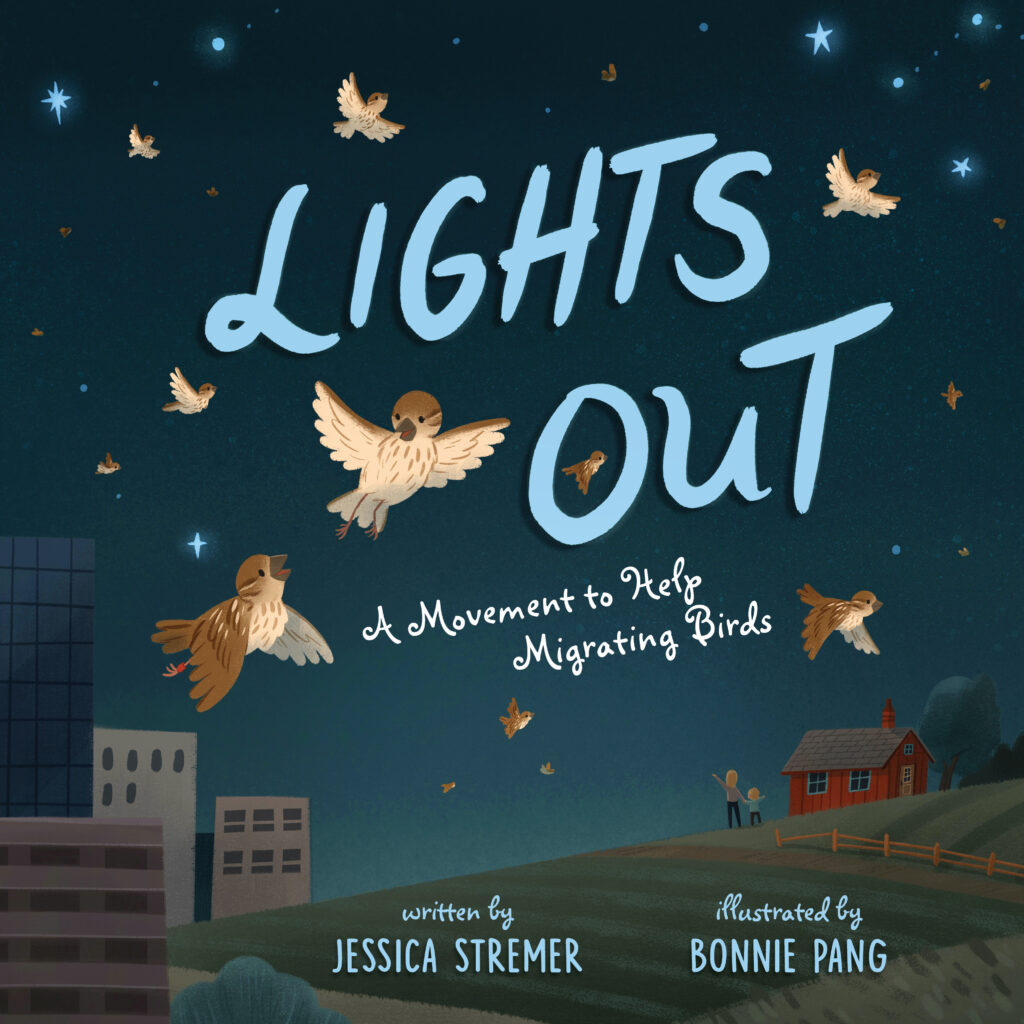
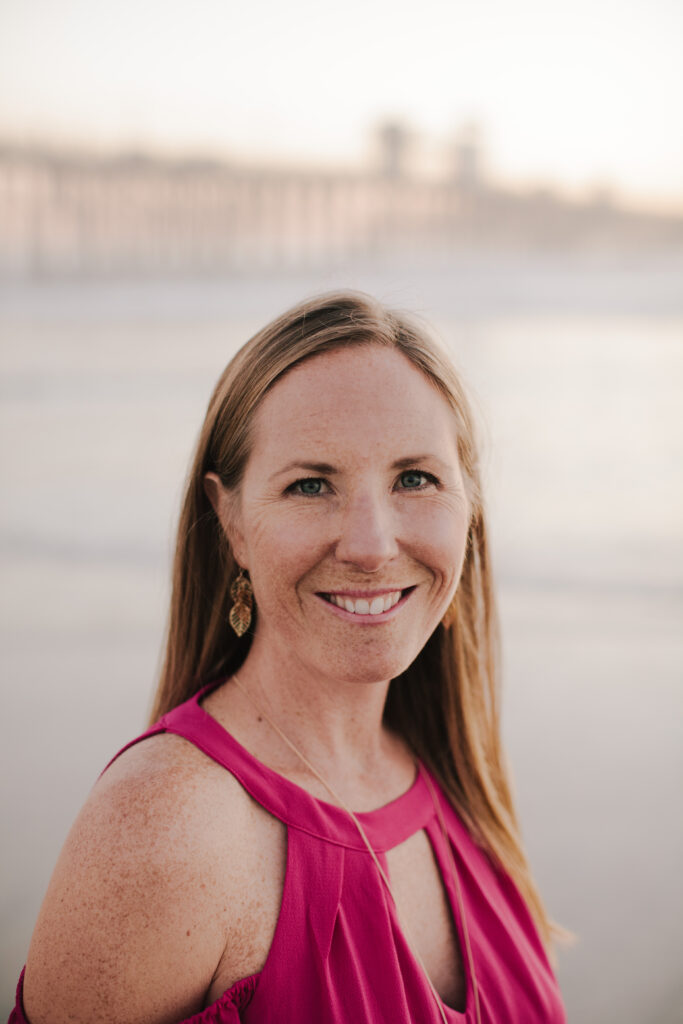

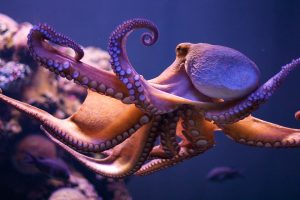
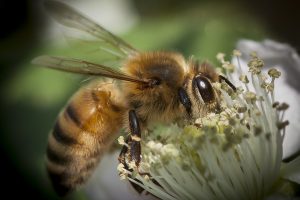


Leave a Reply
Your email is safe with me.